31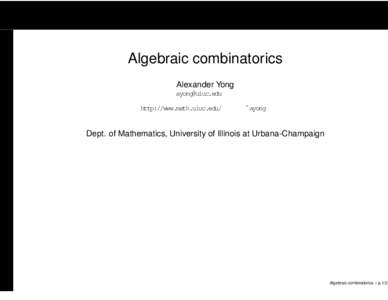 | Add to Reading ListSource URL: www.math.uiuc.eduLanguage: English - Date: 2010-03-01 11:00:03
|
|---|
32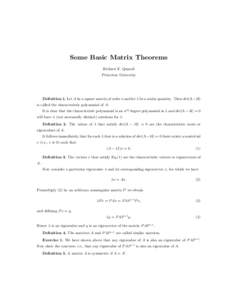 | Add to Reading ListSource URL: www.quandt.comLanguage: English - Date: 2009-11-04 11:37:58
|
|---|
33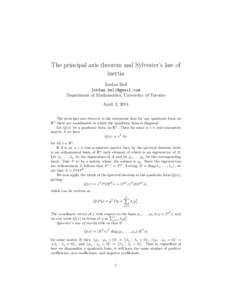 | Add to Reading ListSource URL: individual.utoronto.caLanguage: English - Date: 2014-04-03 12:53:22
|
|---|
34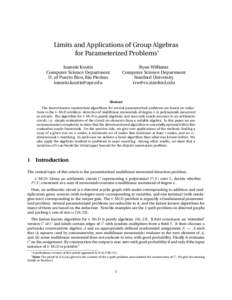 | Add to Reading ListSource URL: ccom.uprrp.eduLanguage: English - Date: 2013-03-05 13:51:43
|
|---|
35![COMBINATORIAL RULES FOR THREE BASES OF POLYNOMIALS COLLEEN ROSS AND ALEXANDER YONG A BSTRACT. We present combinatorial rules (one theorem and two conjectures) concerning three bases of Z[x1 , x2 , ....]. First, we prove COMBINATORIAL RULES FOR THREE BASES OF POLYNOMIALS COLLEEN ROSS AND ALEXANDER YONG A BSTRACT. We present combinatorial rules (one theorem and two conjectures) concerning three bases of Z[x1 , x2 , ....]. First, we prove](https://www.pdfsearch.io/img/c6f97c1a1d27b78e866f0c89bdd845cd.jpg) | Add to Reading ListSource URL: www.math.uiuc.eduLanguage: English - Date: 2015-04-10 22:18:18
|
|---|
36![POLYNOMIALS FOR SYMMETRIC ORBIT CLOSURES IN THE FLAG VARIETY BENJAMIN J. WYSER AND ALEXANDER YONG A BSTRACT. In [WyYo13] we introduced polynomial representatives of cohomology classes of orbit closures in the flag variet POLYNOMIALS FOR SYMMETRIC ORBIT CLOSURES IN THE FLAG VARIETY BENJAMIN J. WYSER AND ALEXANDER YONG A BSTRACT. In [WyYo13] we introduced polynomial representatives of cohomology classes of orbit closures in the flag variet](https://www.pdfsearch.io/img/583f592b60b61d340413c8ec6657b741.jpg) | Add to Reading ListSource URL: www.math.uiuc.eduLanguage: English - Date: 2014-09-30 12:43:56
|
|---|
37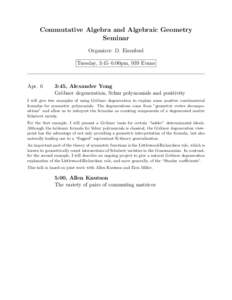 | Add to Reading ListSource URL: www.math.uiuc.eduLanguage: English - Date: 2008-08-21 11:47:25
|
|---|
38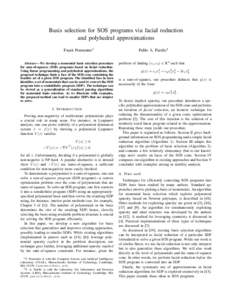 | Add to Reading ListSource URL: www.mit.eduLanguage: English - Date: 2014-09-20 19:47:55
|
|---|
39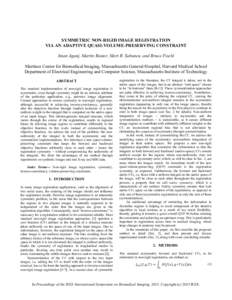 | Add to Reading ListSource URL: nmr.mgh.harvard.eduLanguage: English - Date: 2013-01-16 10:29:53
|
|---|
40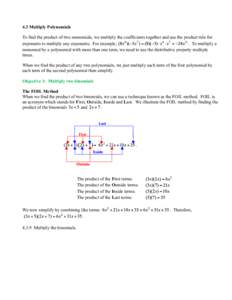 | Add to Reading ListSource URL: www.math.psu.eduLanguage: English - Date: 2012-05-19 19:23:22
|
|---|